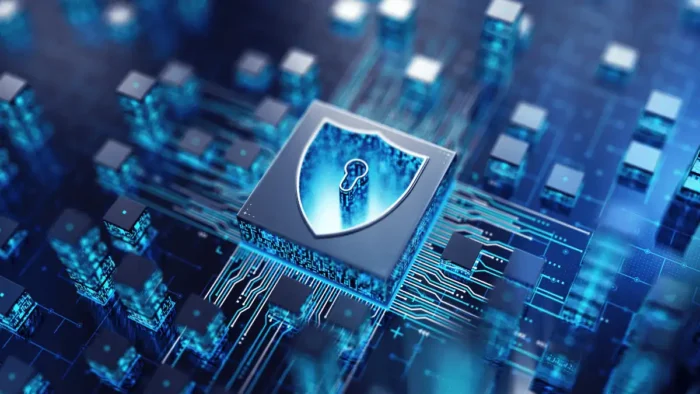In today’s digital age, where cyber threats are becoming increasingly sophisticated, employees must be aware of the common cybersecurity mistakes they can inadvertently make.
By understanding these pitfalls, individuals can proactively safeguard sensitive information and protect themselves and their organizations from potential data breaches. This article aims to shed light on some of the employees’ most prevalent cybersecurity mistakes and provide insights on how to avoid them.
1. Insecure Wi-Fi Connections and Weak Password Practices
One of the most widespread mistakes employees make is using unsecured or public Wi-Fi networks can pose significant risks to sensitive data. Employees connecting to these networks without appropriate security measures are vulnerable to interception and unauthorized access.
There are many reliable virtual private networks (VPNs), such as ExpressVPN, that can be very useful. Using one of these tools, especially when accessing corporate networks or transmitting sensitive information, allows you to encrypt data and protect it from potential eavesdropping or data theft.
On the contrary, using weak passwords or recycling them across multiple accounts poses a significant cybersecurity risk. Hackers can exploit this vulnerability to gain unauthorized access to multiple platforms and compromise personal or sensitive data.
Employees must create strong, unique passwords comprising letters, numbers, and special characters. Furthermore, adopting a password manager can help individuals generate and securely store complex passwords for different accounts.
2. Falling for Phishing Attacks and Neglecting Software Updates
Phishing attacks remain a major peril for both individuals and organizations. Employees often fall victim to deceptive emails or messages that appear legitimate but are designed to trick them into revealing sensitive information or clicking on malicious links. According to Forbes, in 2022, the United States witnessed 300,497 individuals falling victim to phishing attacks, resulting in a collective financial loss of $52,089,159.
It is crucial to be cautious and verify the authenticity of emails, especially those requesting personal or financial information. Organizations should conduct regular cybersecurity training to educate employees on identifying phishing attempts and the steps to take when encountering suspicious emails or messages.
On the other hand, failure to install software updates and patches promptly is another common mistake employees make. Updates typically contain critical security fixes that address vulnerabilities discovered by developers.
Employees leave their devices and networks exposed to potential cyberattacks by neglecting these updates. Regularly updating operating systems, applications, and security software helps ensure that the latest security features are in place, reducing the risk of exploitation by cybercriminals.

3. Lack of Data Backup and Unauthorized Device Usage
Failing to regularly back up important data is a mistake that can lead to devastating consequences in case of a cyberattack or system failure. Ransomware attacks, for instance, can encrypt data and demand a ransom for its release.
Sophos’ annual State of Ransomware report, featured in ZDNet, reveals that the average ransom payment has nearly doubled in the current year. The study shows that the average ransom amount paid out reached $1.54 million, a significant increase from $812,380 recorded in the previous year’s study.
Without a recent backup, organizations may be forced to pay a ransom or permanently lose their valuable information. Regularly backing up data to secure, offline storage ensures that critical information can be recovered during a security incident.
In addition, keep in mind that allowing unauthorized individuals to use company equipment or using personal devices for work purposes can create significant cybersecurity risks.
Employees must adhere to the organization’s policies regarding device usage and avoid lending their work devices to others. Personal devices used for work should be properly secured and protected with a strong password or password manager, encryption, and up-to-date security software.
4. Sharing Sensitive Information
Inadvertently sharing sensitive information through improper channels is a mistake that can have severe consequences.
Employees should be cautious about discussing confidential matters in public spaces, sharing sensitive files through unsecured means, or disclosing sensitive information to unauthorized individuals.
Utilizing secure communication channels, using cloud storage, and implementing data classification policies can help prevent accidental data leaks.
Overall, by understanding employees’ most common cybersecurity mistakes, individuals can take proactive steps to enhance their digital security and protect themselves and their organizations from potential threats.
Cybersecurity is essential in the workplace to safeguard sensitive data, protect company assets, maintain customer confidence, prevent financial loss, comply with regulations, and mitigate the potential for reputational damage from data breaches.
The important thing to remember is that the above measures can come in handy. They are all critical components of a robust cybersecurity posture.
By prioritizing cybersecurity awareness and implementing best practices, employees can contribute to creating a secure digital environment for themselves and their organizations.





